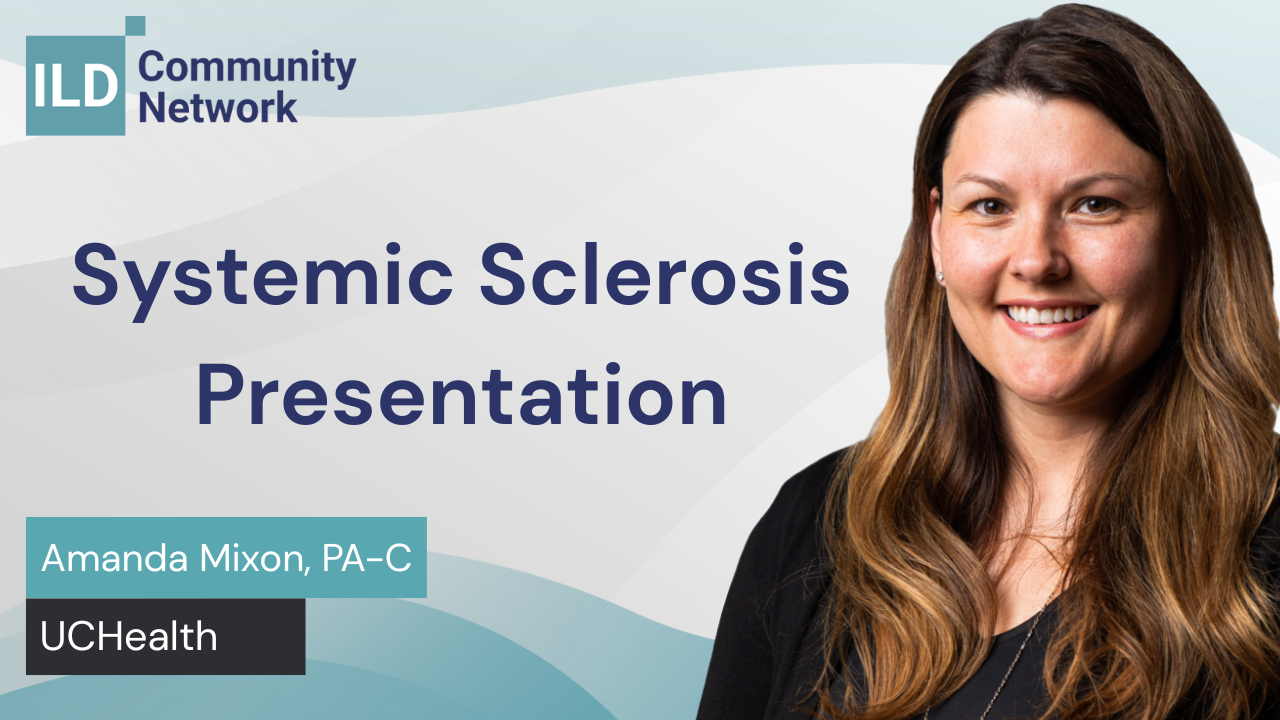Chat with ILD AI

Hi, I am ILD AI.

ILD AI 11:26 AM
In this quick but focused clinical overview, Amanda Mixon, PA-C, explains how to identify and differentiate limited systemic sclerosis (also known as CREST syndrome) from diffuse scleroderma. Associated with centromere antibodies, limited scleroderma primarily affects the distal extremities and face, and while skin involvement is less severe, patients face distinct long-term risks—especially pulmonary hypertension.
This video breaks down the classic CREST acronym (Calcinosis, Raynaud’s, Esophageal dysmotility, Sclerodactyly, and Telangiectasias), along with practical tips for early recognition and long-term management.
What you'll learn:
– How to recognize clinical features of limited scleroderma
– The role of centromere antibodies vs. SCL-70 in diagnosis
– Early signs like Raynaud’s and esophageal symptoms
– What to monitor for in years 5–10: pulmonary hypertension, vascular disease
– Differentiating CREST from diffuse disease
This is an essential update for APPs and clinicians managing autoimmune connective tissue disease, especially in patients with progressive symptoms involving the skin, GI tract, and lungs.




 Back
Back  July 2025
July 2025 


 01:42 m
01:42 m 


